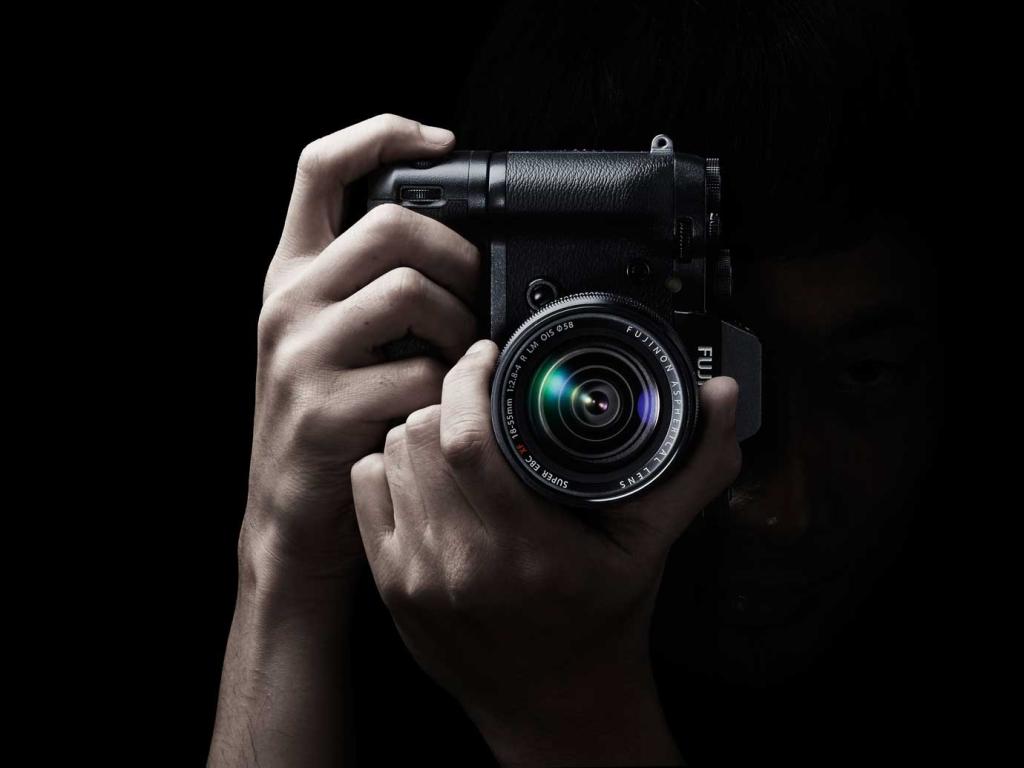Fujifilm proves to be a major player in the digital age of photography. And that is really amazing as Fuji started with making motion picture films more than 80 years ago. Today, Fuji is strong in machines that print photo albums, big and small traditional prints in photo shops around the world, on the one hand and shaping the camera market with superb digital cameras and lenses on the other. The success of digital print with their acquisition of XEROX is of course very much hidden from the public. But I remember my dedicated photo dealer from Kronberg near Frankfurt who fell in love with his new Fuji-Xerox printing machine around 2002. The public probably first recognized the shift with Fuji release of the X100 at photokina in 2010. Setting the tone for retro-look digital camera with excellent image quality and good old usability with buttons and menus like on computer screens. At the same time profits from „chemical“ film business dropped from 60% to Zero in a decade. Overall the Economist nicely phrased it 2012 in on sentence:
„Kodak acted like a stereotypical change-resistant Japanese firm, while Fujifilm acted like a flexible American one.“
Anybody in doubt about the successful shift from analog to digital world was convinced by Fuji’s release of the X-T1 in 2014 – the flagship for the x-series. This nice body replaces a traditional semi-pro camera, is much smaller and lighter, features a great digital viewfinder, behaves well in low light conditions and more.

I tested this nice body with the extra hand-battery grip and the standard zoom 18-55mm 1:2.8-4 for three weeks and like many things:
- First it works like my old Miranda. I love setting manually shutter-time, f-stops at the lens, and ISO with solid dials. For me it even outperforms the Leica on useability. This is perfectly described in Fuji camera catalog
„Each engraved marking on the dials reminds you of the essential appeal of using a precision photographic tool. The X-T1 brings you back to the very essence of photography – the control of light – and it comes via the manual shutter speed, exposure compensation, ISO sensitivity and metering dials. Including the drive dial, all five dials are intuitively arranged on the camera’s top-plate and the use of double-deck dials both simplifies operation and streamlines the elegant design.“
But there are a view things I wish to be better:
- There is not GPS sensor included. Adding these few extra Euro to a expensive camera is not a price issue! And the strange argument of the camera industry that GPS drains battery is just an excuse. Using WiFi to get GPS from a smart phone also drains. And all I want is a button where I can say manually to get GPS data now.
- WiFi connection and Remote App really sucks. Here you can see that Fuji is strong on digital cameras but misses the boot on internet, social media, and connectivity altogether.
Looking at the overall Fuji x-series offering I also miss a pocket size camera like the Lumix GM-5. This is quite natural as the xf-lenses are much bigger than MFT. But there is still a convincing collection of smaller and less expensive Fuji x-series bodies out there.
Overall the Fuji X-T1 can replace my Nikon world completely.

